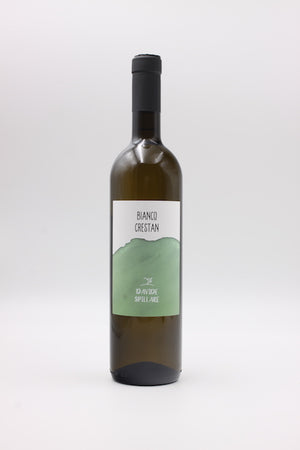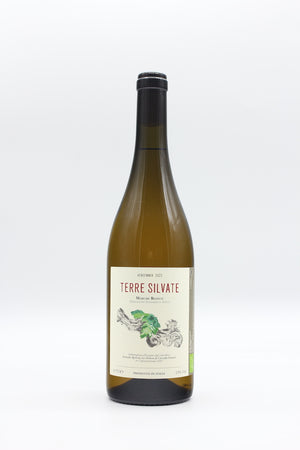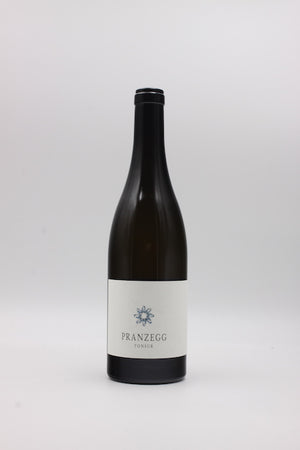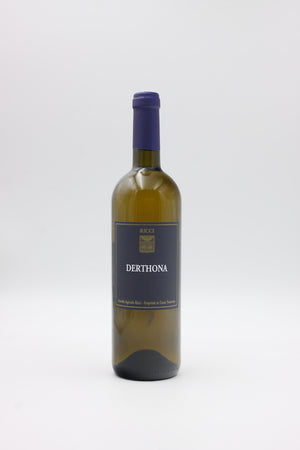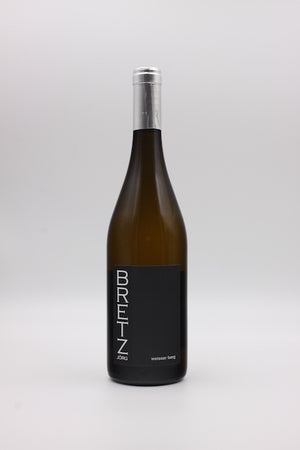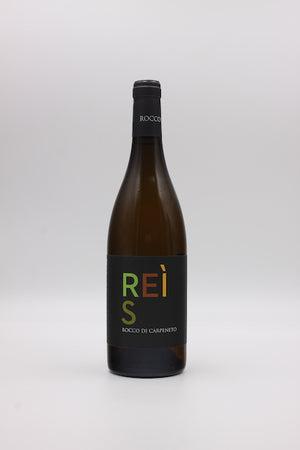- Home
- White Wines
- Davide Spillare: Bianco Rugoli 2020


Davide Spillare: Bianco Rugoli 2020
- €19,90
Bianco Rugoli by Davide Spillare: A Masterpiece of Garganega
Davide Spillare’s Bianco Rugoli is a brilliant homage to Garganega, the great white grape of the northern Veneto. Once celebrated for its minerality and finesse, Garganega suffered a dramatic decline in quality during the 20th century, when industrial-scale viticulture displaced artisanal traditions. Today, Davide and other like-minded vintners are reviving its legacy, crafting wines that reflect the grape’s true potential.
The vines for Bianco Rugoli are over 40 years old, rooted in volcanic soils on the steep slopes of Gambellara. Farmed organically, the grapes are hand-harvested with meticulous care. Seventy percent of the harvest is pressed immediately and fermented in stainless steel, while the remaining 30% ferments on the skins in wooden barrels for ten months. After aging, the two components are blended, then bottled without fining, filtration, or added sulfur.
Style
The nose reveals a compelling interplay of orange zest and nutty aromas, supported by a cool, mineral backbone. On the palate, Bianco Rugoli is elegant yet vibrant, with acidity and subtle tannins providing structure and a touch of welcome austerity. The wine’s lightness is beautifully balanced by depth and complexity, making it a superb example of Garganega’s revival and potential.
Technical Sheet
- Grape Varieties: Garganega with a small percentage of Trebbiano di Soave
- Farming Practices: Organic (Vinnatur principles)
- Vineyard: Volcanic basalt soils; 40-year-old vines trained in Pergola
- Harvest: By hand
- Fermentation: Spontaneous with wild yeasts; 70% in stainless steel, 30% on skins in wooden barrels
- Aging: 1 year, partly in used wooden barrels and partly in stainless steel
- Filtration: None
- SO₂: None added
- Alcohol Content: 12% vol
- Closure: Natural cork
- Serving Temperature: 10–12 °C (50–54 °F)
- Optimal Drinking Window: Now–2028
- Content and Price per Liter: 0.75 l (€24.87/l)
Similar Products
Newsletter
Who knows more, tastes more. Once a week there is news about our wines, winegrowers and events.
© 2025 vinonudo | Shopify Theme by Mile High Themes | Powered by Shopify
